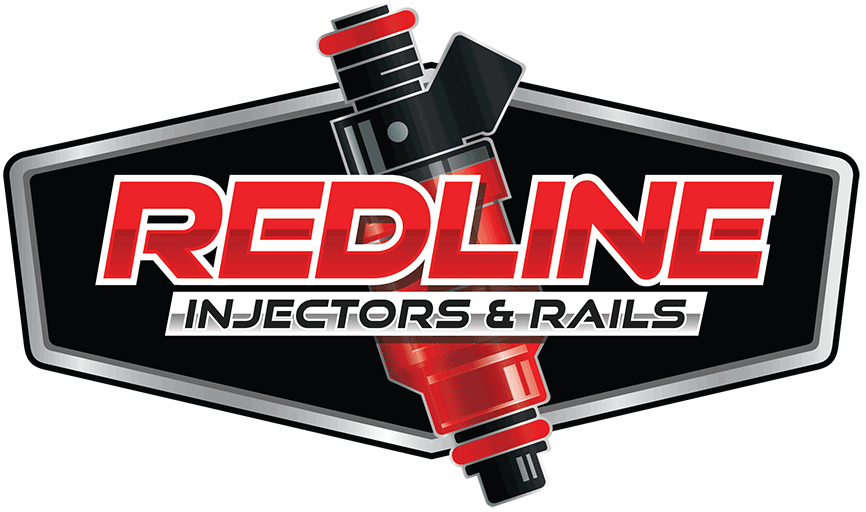Port injectors and GDI (Gasoline Direct Injection) injectors are two different types of fuel injectors used in modern internal combustion engines. The main differences between them lie in the way they deliver fuel to the engine, their position relative to the intake system, and their function in the combustion process.
- Fuel Delivery Method:
- Port Injectors:
- Port injectors deliver fuel into the intake manifold, just upstream of the intake valves. The fuel is mixed with air before it enters the combustion chamber.
- This mixing process allows for better control over the air-fuel mixture, leading to smoother combustion and better fuel atomization.
- GDI Injectors:
- GDI injectors inject fuel directly into the combustion chamber at very high pressure. The fuel is sprayed directly onto the air-fuel mixture inside the cylinder, leading to more precise control over the combustion process.
- GDI typically provides a more efficient and cleaner burn because the fuel can be injected at various stages of the combustion cycle.
- Port Injectors:
- Fuel Atomization:
- Port Injectors:
- Since fuel is mixed with air before entering the combustion chamber, the atomization process is less controlled, and the fuel tends to be in a less optimal spray pattern compared to direct injection.
- GDI Injectors:
- GDI injectors are capable of producing very fine fuel sprays that atomize better, leading to more efficient combustion. This improves power output, fuel efficiency, and emissions control.
- Port Injectors:
- Efficiency and Power Output:
- Port Injectors:
- While port injectors provide good fuel atomization, their overall efficiency is generally lower than GDI injectors. This is due to the air-fuel mixture being exposed to a less controlled environment before combustion.
- GDI Injectors:
- GDI systems are generally more efficient than port injection because they allow for more precise control of fuel delivery, better fuel atomization, and the possibility of varying injection timings. This leads to improved power output and fuel efficiency.
- Port Injectors:
- Emissions and Combustion:
- Port Injectors:
- Engines with port injectors tend to have more consistent combustion but may have higher emissions, especially under certain driving conditions (e.g., during acceleration).
- GDI Injectors:
- GDI systems often reduce fuel consumption and improve fuel economy, but they can produce more particulate matter (PM) and higher nitrogen oxide (NOx) emissions, especially at lower engine speeds. This is due to the high pressures and temperatures inside the combustion chamber.
- Port Injectors:
- System Complexity and Cost:
- Port Injectors:
- Port injection systems are simpler and less expensive to manufacture and maintain compared to GDI systems.
- GDI Injectors:
- GDI injectors are more complex and costly due to the high-pressure fuel systems required for direct injection. They also require additional components like high-pressure fuel pumps and specialized injectors.
- Port Injectors:
- Hybrid Systems:
- Many modern engines use both port and GDI injectors in a dual injection system. In such engines, the port injectors provide fuel at lower engine loads for smoother operation and reduced emissions, while the GDI injectors take over during higher loads for better power and efficiency.
Summary:
- Port Injectors spray fuel into the intake manifold before the intake valve, allowing for better mixing but less precise fuel delivery.
- GDI Injectors spray fuel directly into the combustion chamber, providing better atomization, more precise fuel control, and higher efficiency but can create higher emissions in certain conditions.
Each injector type has its advantages and trade-offs, with GDI being favored for modern high-efficiency engines but port injectors still playing a role in balancing emissions and engine performance.
